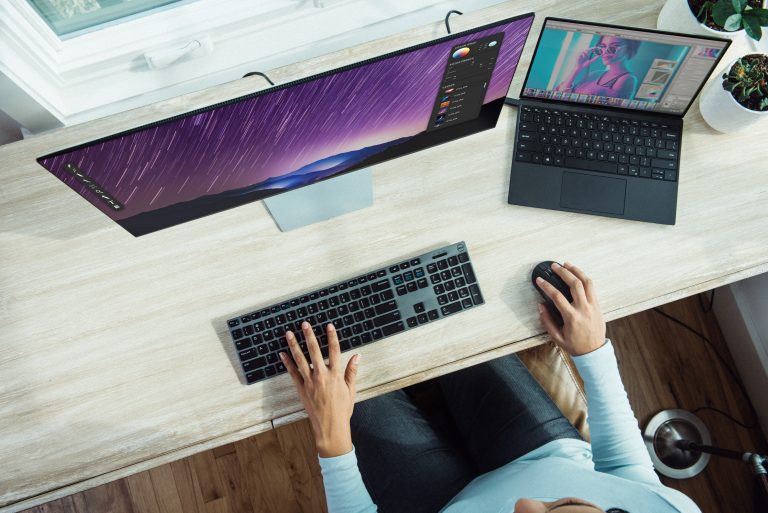Blank WebP thumbnails have recently become a frustrating issue for web designers, developers, and website administrators. As modern websites rely heav
Blank WebP thumbnails have recently become a frustrating issue for web designers, developers, and website administrators. As modern websites rely heavily on WebP for faster loading and superior compression, seeing blank or missing thumbnails can disrupt workflows and slow down site management. Whether the cause is a CMS update, plugin conflict, or server misconfiguration, one question always comes up: Should you regenerate your WebP thumbnails or roll back to older settings?
TL;DR
Blank WebP thumbnails often occur due to plugin bugs, unsupported server settings, or recent CMS updates. You can either regenerate new thumbnails or roll back to earlier configurations. In most cases, regeneration fixes compatibility and caching issues quickly. But if the issue is tied to deeper plugin or CMS errors, rolling back might be the best temporary solution.
Understanding WebP and Its Role in Modern Web Design
WebP is a next-gen image format by Google offering better compression than JPEG and PNG while preserving quality. It has quickly become the preferred option for website performance optimization.
Key benefits:
- Smaller file sizes with high quality
- Supports transparency like PNG
- Adopted widely by platforms like WordPress
Despite these advantages, WebP thumbnails sometimes fail due to how CMS platforms and plugins generate or cache images.
Symptoms: How to Identify the WebP Thumbnail Issue
When WebP thumbnails break, you may notice:
- Blank or white preview images in your media library
- Featured images not showing on posts
- 404 errors for generated WebP thumbnail files
- Broken image icons on your website’s frontend
These symptoms generally point to plugin conflicts, update issues, or server-side limitations.
Common Causes Behind Blank WebP Thumbnails
- Plugin Conflicts
Image optimization or caching plugins may generate faulty thumbnails. - Server Misconfigurations
Some servers do not correctly support WebP MIME types. - CMS Updates
WordPress and other CMS platforms frequently change how they handle media. - Cache Issues
CDNs or caching plugins may store outdated or corrupted thumbnails.
If the issue started right after an update, it’s likely compatibility-related.
Solution 1: Regenerating WebP Thumbnails (Most Common Fix)
Regenerating thumbnails forces WordPress or your CMS to rebuild all images with the current configuration.
How to regenerate:
- Install plugins like Regenerate Thumbnails or Enable Media Replace
- Rebuild WebP thumbnails via Media Library tools
- Clear site cache + browser cache
- Reload to confirm the new thumbnails are working
This fixes corrupted thumbnails or outdated cached versions in most cases.
Solution 2: Rolling Back Plugins or CMS Versions
If regeneration fails, rolling back is often the safest temporary solution.
When to roll back:
- Issue began after a plugin or CMS update
- Known bugs exist in the latest released version
- Regeneration fails repeatedly
How to roll back:
- Use WP Rollback to revert plugin/theme versions
- Restore from hosting backups
- Recheck thumbnails after reverting
This restores stability while waiting for official fixes.
Preventing Future WebP Thumbnail Issues
- Test updates in a staging site
- Use stable, well-supported plugins
- Maintain full backups before updating
- Review plugin changelogs for WebP-related bugs
- Enable error logs in your hosting panel
When to Seek Professional Help
Seek developer or server-level support if:
- Blank thumbnails persist across all formats
- File permission or MIME type errors appear
- Multiple rollbacks do not solve the issue
- CDN/WebP caching conflicts are suspected
These issues usually require deeper server or code-level troubleshooting.
Conclusion
Blank WebP thumbnails are more than just a visual glitch—they affect user experience, workflow, and even site performance. In most cases, regenerating thumbnails is enough. But if the problem is tied to updates or deeper conflicts, rolling back may be the safer choice until a stable fix arrives. Understanding the root cause is key to maintaining a smooth, reliable WebP workflow.


COMMENTS